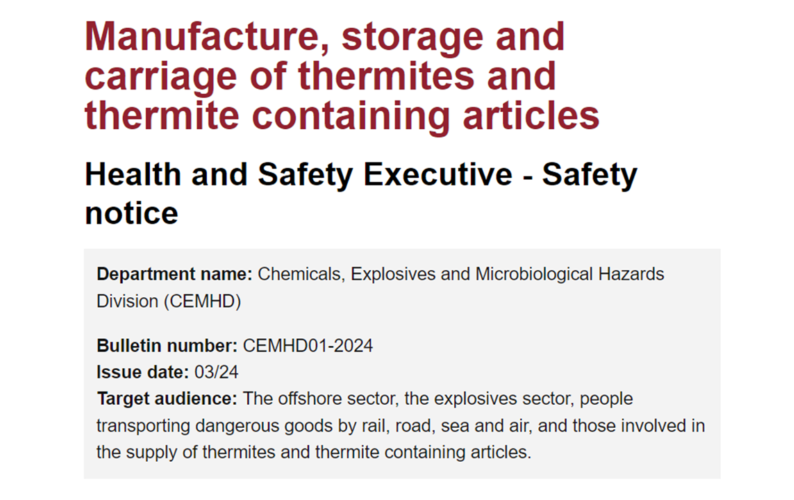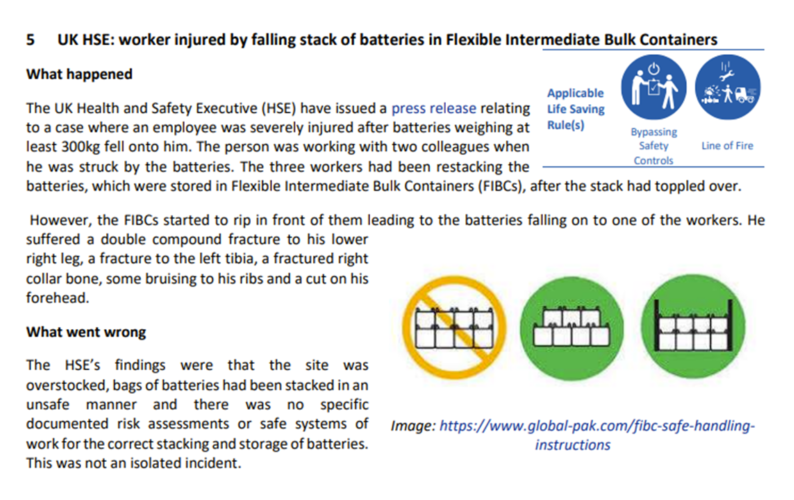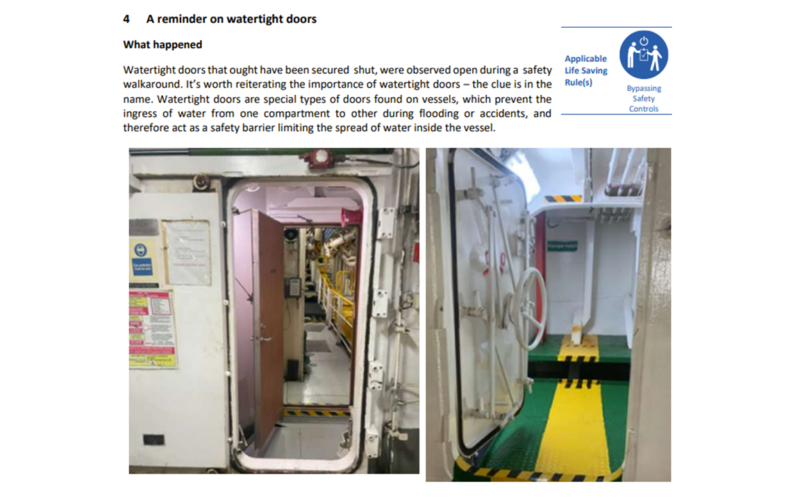Cause & Consequence
- Uncontrolled release of a flammable gas or liquid
Contributing Factor
- Change management
Description of Process
Well kill operations after well test.
Description of Incident
After the well test, the rig was killing the well by reverse circulating out the completion fluid and displacing the well to oil based mud (OBM). The gas was routed to the well test manifold and then onward to the flare boom in order to burn it off. Once clear returns of completion fluid were seen at the well test manifold, the pumps were stopped, and the decision was made to take the rest of the returns to the pits.
As returns were hydrocarbon free and the reservoir was isolated, the assumption was made to kill the remainder of the well by taking returns directly to the shakers. The lineup did not include flowing through the mud gas separator.
Shortly after opening the upper lubricator valve at the rig floor to take the returns to the shaker, the gas monitoring alarm was triggered in the shaker house. The valve on the reverse circulating line was closed immediately and returns were stopped. Personnel were removed from the shaker house, the well was secured and hydrocarbon gas was ventilated out of the shaker house.
A full muster was conducted, no injuries to personnel.
A total of approximately 6kg of CH4 was released, causing gas readings to reach 100% LEL for a period of approximately 20 minutes.
The storage capacity of the well test package combined with the filtration capacity of the well test package was not enough to sustain a kill rate of 4 bbls/min. Therefore, the decision was made to take returns to the mud pits after 55 bbls of hydrocarbon free completion fluid was received.
The assumption that the returns would be hydrocarbon free was the basis of not raising a Management of Change to the well test program.
The well was closed-in at surface to achieve two barriers in order to removed the check valve from the line from the surface test tree kill wing valve and line up to take returns to the pits. During this changeoever the pressure in the tubing head increased by 120 psi.
The increase was not regonised and the pressure was explained by the U-tube effect of the kill fluid being in the annulus.
Good Practice Guidance
- Ensure that all changes to the Well Test Program are going through the Management of Change process and are assessed properly.
- A well kill operation is not completed until kill mud is all the way around.
- Include lessons learned from events into the relevant policies and procedures.
- Ensure that the sampling taken to allow returns to discharge can keep up with the anticipated kill rate.
Rate this alert
Average Rating
Latest Alerts & Moments
Our searchable catalogue of hundreds of Safety Alerts and Safety Moments are all designed as learning resources that can help improve workplace safety.


